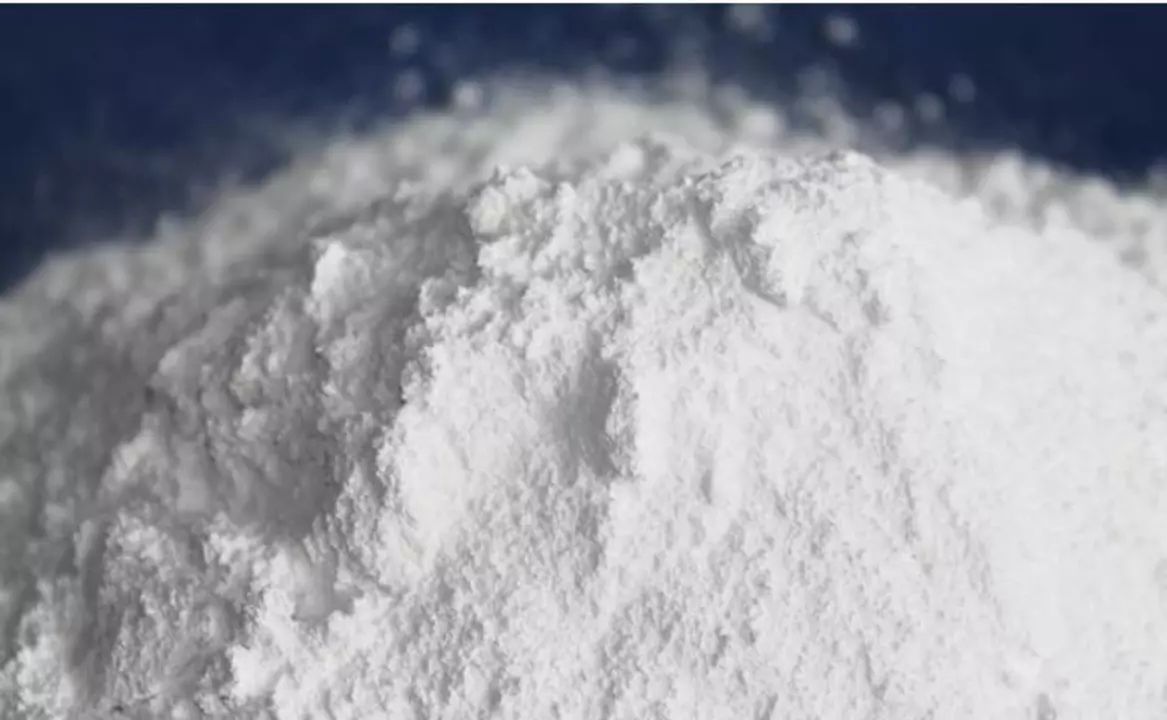Fire Retardant Basics – What They Are and How They Work
When you hear the word “fire retardant,” you probably picture a chemical that stops a blaze in its tracks. That’s pretty much right, but it helps to know what’s actually happening. Fire retardants are substances added to materials or sprayed onto surfaces so they resist catching fire or slow down flame spread. They work by interfering with the chemistry of burning – breaking the chain reaction that fuels a fire, cooling the material, or forming a protective barrier.
Common Applications of Fire Retardants
From building construction to everyday products, fire retardants show up in many places. In homes, you’ll find them inside insulation, drywall, and upholstery fabrics to give extra time for occupants to escape if a fire starts. Electrical cables are often coated with flame‑resistant compounds so they don’t spark a short circuit. Outdoor firefighting teams use sprayable fire retardant on vegetation during wild‑fire season; the liquid creates a thin film that delays ignition and helps crews control blazes.
Industries that handle chemicals or flammable liquids also rely heavily on these additives. For example, oil rigs coat steel structures with fire‑retardant paints to protect against sudden flare‑ups. Even consumer goods like furniture, mattresses, and children's toys may contain built‑in retardants to meet safety regulations. Knowing where they’re used helps you understand why certain items feel a bit different – sometimes a slight chemical odor or a firmer texture is the result of these additives.
Safe Handling Tips
If you ever need to work with fire retardant chemicals, treating them like any other hazardous material is key. Always wear gloves and eye protection, because some formulations can irritate skin or eyes on contact. Work in a well‑ventilated area; many retardants release fumes that are unpleasant if inhaled for long periods.
Store the product in its original container, tightly sealed, away from heat sources and direct sunlight. Labels usually include temperature limits – exceeding them can degrade performance or even create a fire risk. When applying spray‑on retardants outdoors, follow local environmental guidelines; runoff into water bodies is discouraged because some chemicals can harm aquatic life.
Finally, keep the safety data sheet (SDS) handy. It tells you exactly what to do in case of accidental exposure, how to dispose of leftover material, and which first‑aid steps are required. A little preparation goes a long way toward making fire retardants a helpful safety tool rather than a hidden danger.
Understanding the basics of fire retardants empowers you to make safer choices at home or work. Whether you’re buying flame‑resistant furniture or helping a community prepare for wildfire season, knowing what these chemicals do and how to handle them responsibly can keep both property and people out of harm’s way.






